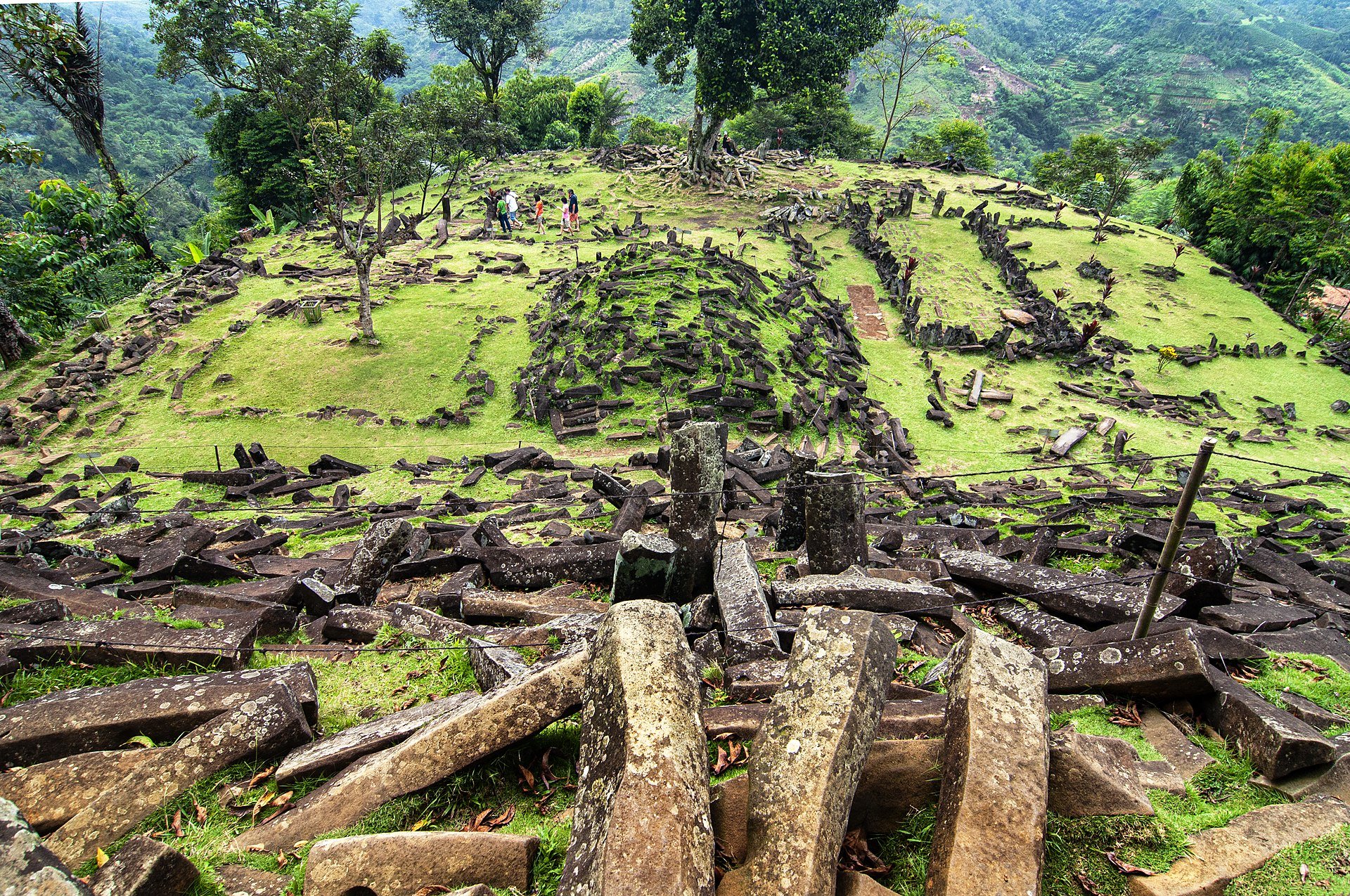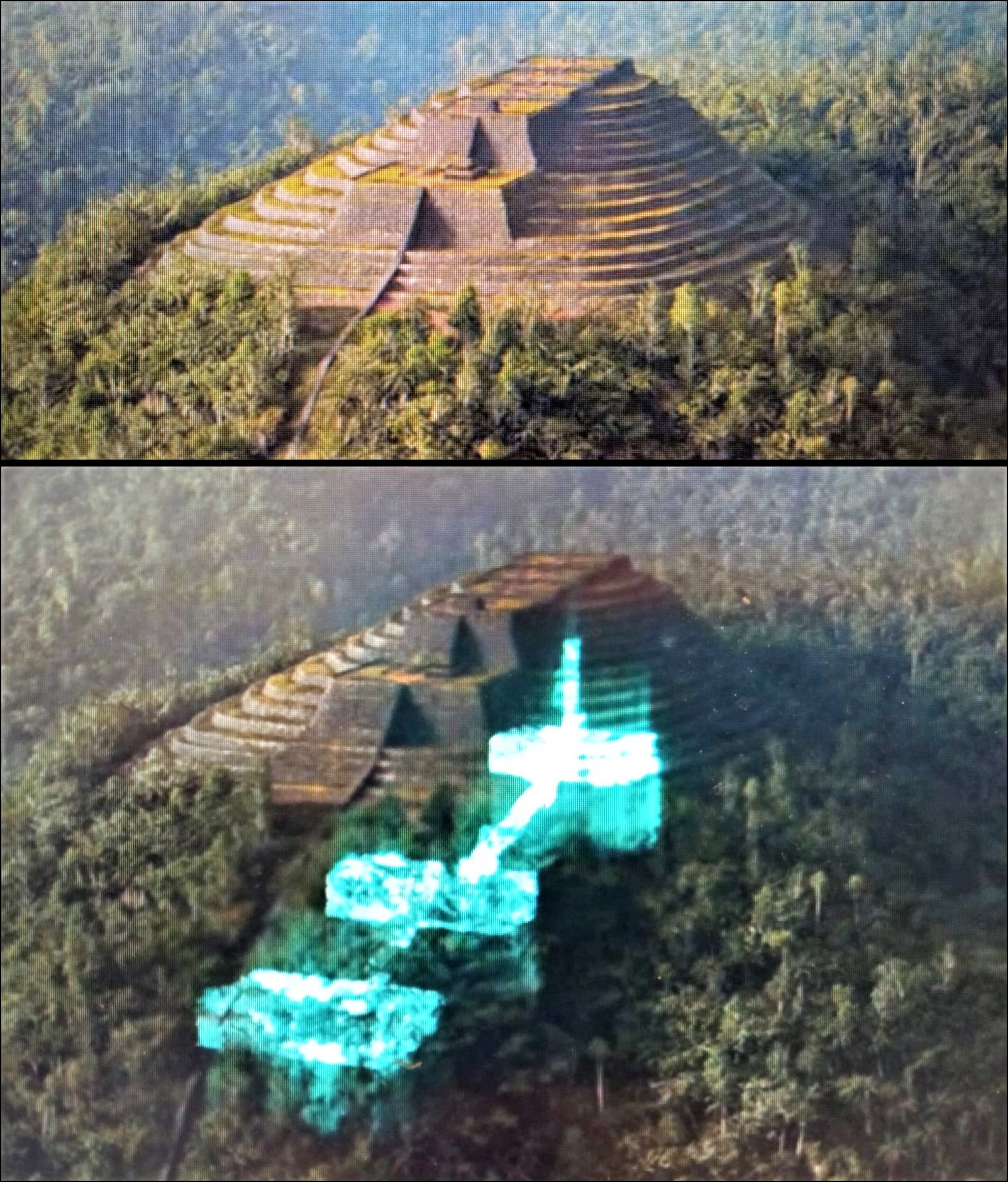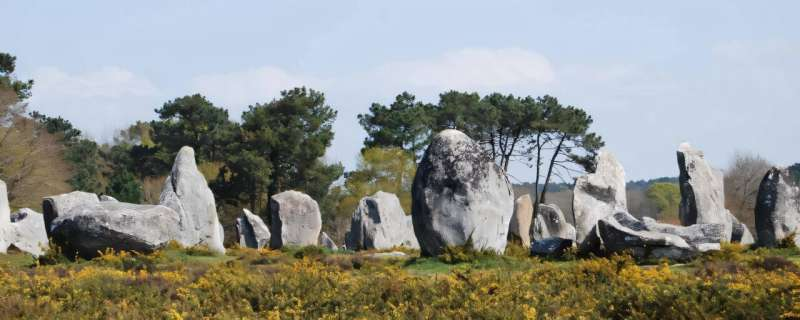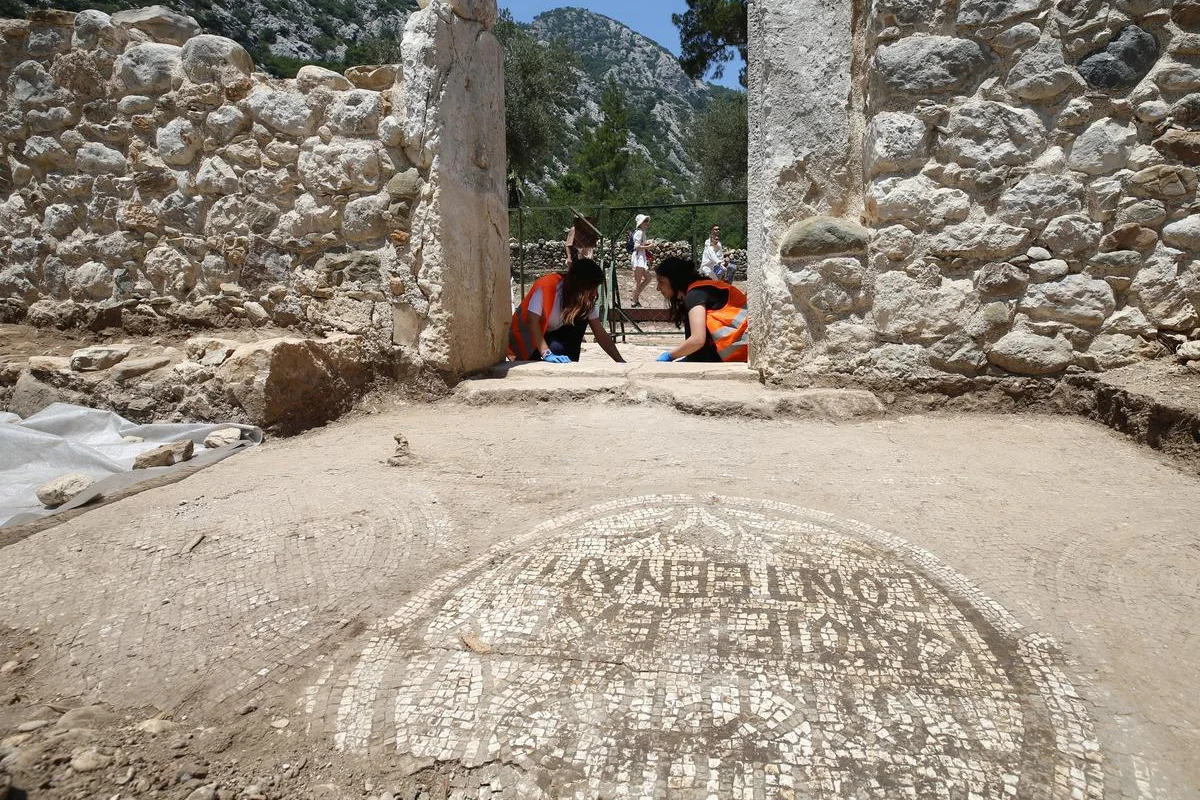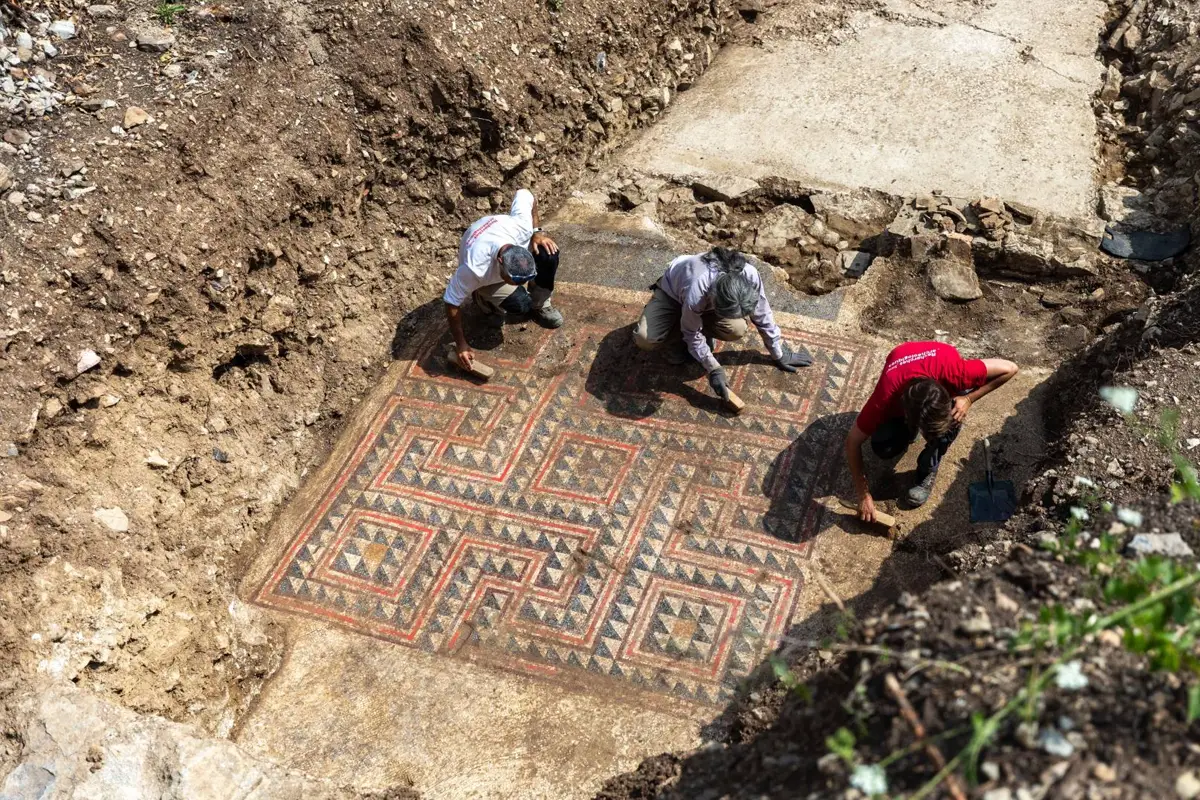BY THE ARCHAEOLOGIST EDITOR GROUP
The world of archaeology is no stranger to controversy. New findings often disrupt accepted historical narratives, inviting both excitement and skepticism. The ongoing research and exploration at Gunung Padang, a megalithic site located in West Java, Indonesia, has been no exception. There have been bold assertions that this site is not just another megalithic structure, but in fact, the world's oldest pyramid.
For the uninitiated, Gunung Padang, which translates to "Mountain Field" in the local Sundanese language, isn't a conventional pyramid like those seen in Egypt or Mexico. From a distance, it appears to be a hill topped with a variety of large stone columns and terraces. The surface layer dates back to around 2500 BCE, making it at least as old as the Great Pyramid of Giza. However, recent research proposes that this is merely the youngest layer, with the full structure dating back much, much further.
The controversial theory regarding Gunung Padang's age emerged when Dr. Danny Hilman Natawidjaja, a geologist from the Indonesian Institute of Sciences, began extensive geological surveys at the site. Employing sophisticated ground-penetrating radar, seismic tomography, and other remote sensing techniques, he and his team identified several layers of structures buried beneath the surface. In their view, the oldest of these layers could be up to 20,000 to 25,000 years old. If this dating is accurate, Gunung Padang would be far older than any known pyramid, by a considerable margin.
However, it's crucial to note that the pyramid theory isn't universally accepted. The main contention lies in the dating methodology and interpretation of the results. Critics argue that the geological techniques used can establish that there is indeed a man-made structure below the surface, but they can't accurately determine its age. The carbon dating done so far has also been of organic material found within the structure, which some argue does not definitively establish the age of the structure itself.
The age of Gunung Padang remains an open question. Despite the excitement around the pyramid theory, more scientific research is needed to prove or disprove it. Critics call for careful excavation, arguing that only through stratigraphy (the analysis of the layers of rock and soil) and extensive carbon dating can we arrive at a reliable conclusion about the age of the structures beneath Gunung Padang.
Furthermore, acknowledging Gunung Padang as a pyramid also requires broadening our understanding of what a pyramid is. The structures unearthed so far do not conform to the popular conception of pyramids, being terraced and built into a hill rather than rising as a freestanding structure with a pointed apex. But if the definition of a pyramid is to evolve, Gunung Padang could indeed claim the title of the oldest pyramid.
The Gunung Padang site is more than a potential scientific breakthrough. It is a testament to Indonesia's rich cultural heritage and prehistoric human civilization. As the research continues, it has the potential to reshape our understanding of human history, regardless of whether it ultimately claims the title of the oldest pyramid in the world.
The story of Gunung Padang serves as a reminder of the evolving nature of knowledge, where today's accepted facts can be tomorrow's disproven theories. It underscores the importance of scientific inquiry and the pursuit of truth, however complex or challenging the journey may be.


